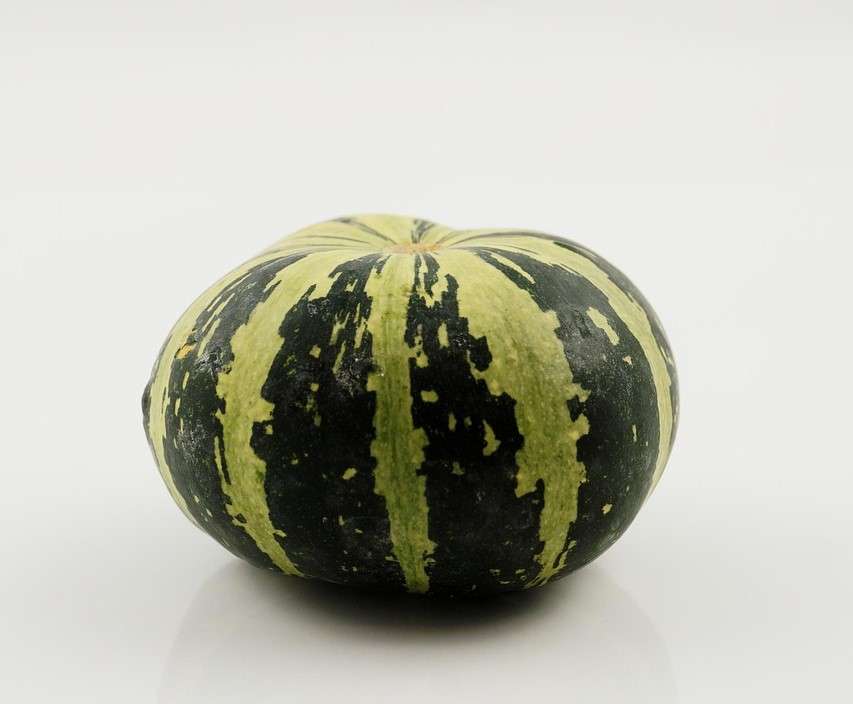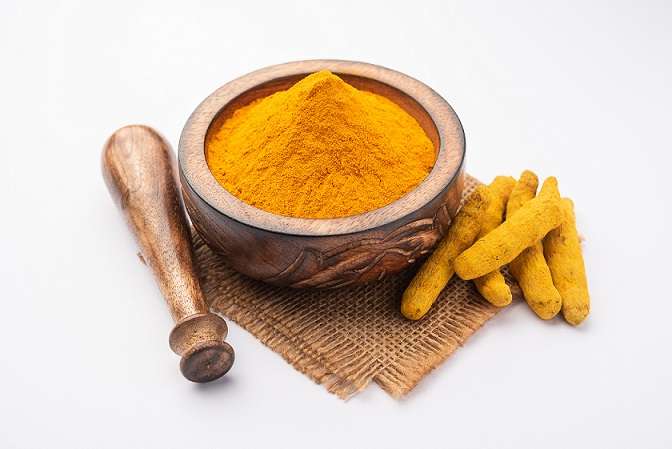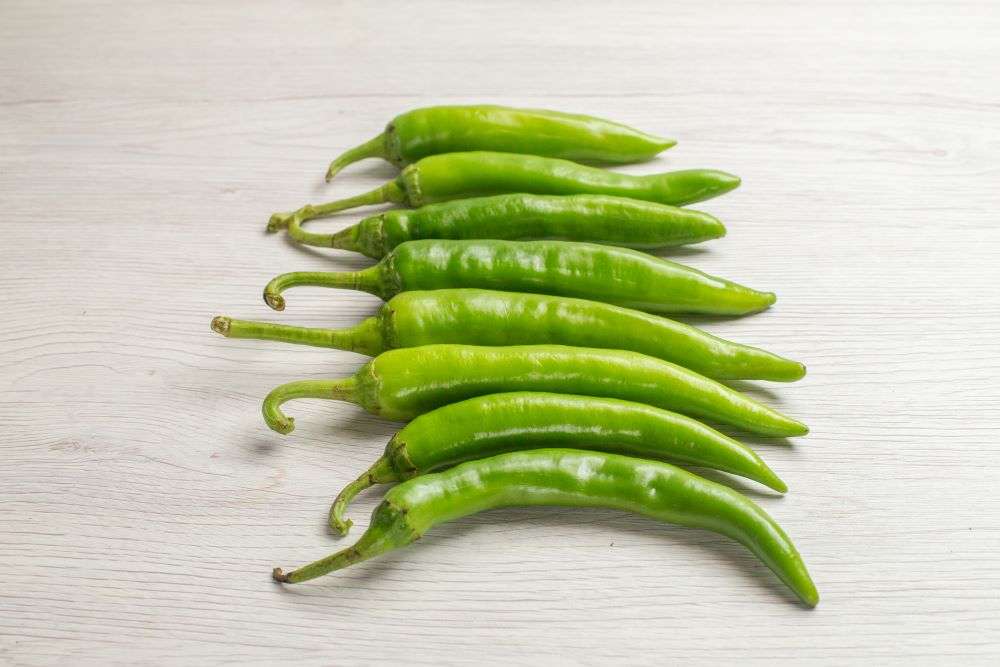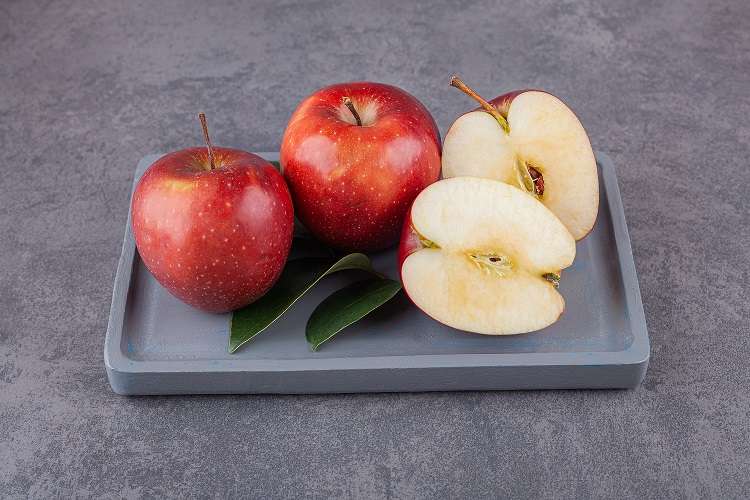India, known for its rich agricultural heritage, has found a flourishing opportunity in the export of pumpkins. This humble vegetable, often overshadowed by more exotic produce, is becoming a global sensation. In this blog, we will delve into the intricacies of pumpkin export from India, covering everything from the best time for pumpkin cultivation to the factors driving its success.
The Rise of Pumpkin Export from India
Pumpkin, or “kaddu” as it is locally known, is a versatile vegetable that has gained popularity across the world. India’s unique climate and fertile soil provide the perfect conditions for pumpkin cultivation. Over the years, Indian farmers have leveraged these advantages to meet the growing demand for pumpkins in international markets.
Best Time for Pumpkin Cultivation
One of the key factors contributing to the success of pumpkin export from India is the strategic timing of cultivation. Pumpkins are typically grown during the monsoon and post-monsoon seasons, which are from June to September and October to December, respectively. This timing ensures a steady supply of fresh pumpkins throughout the year.
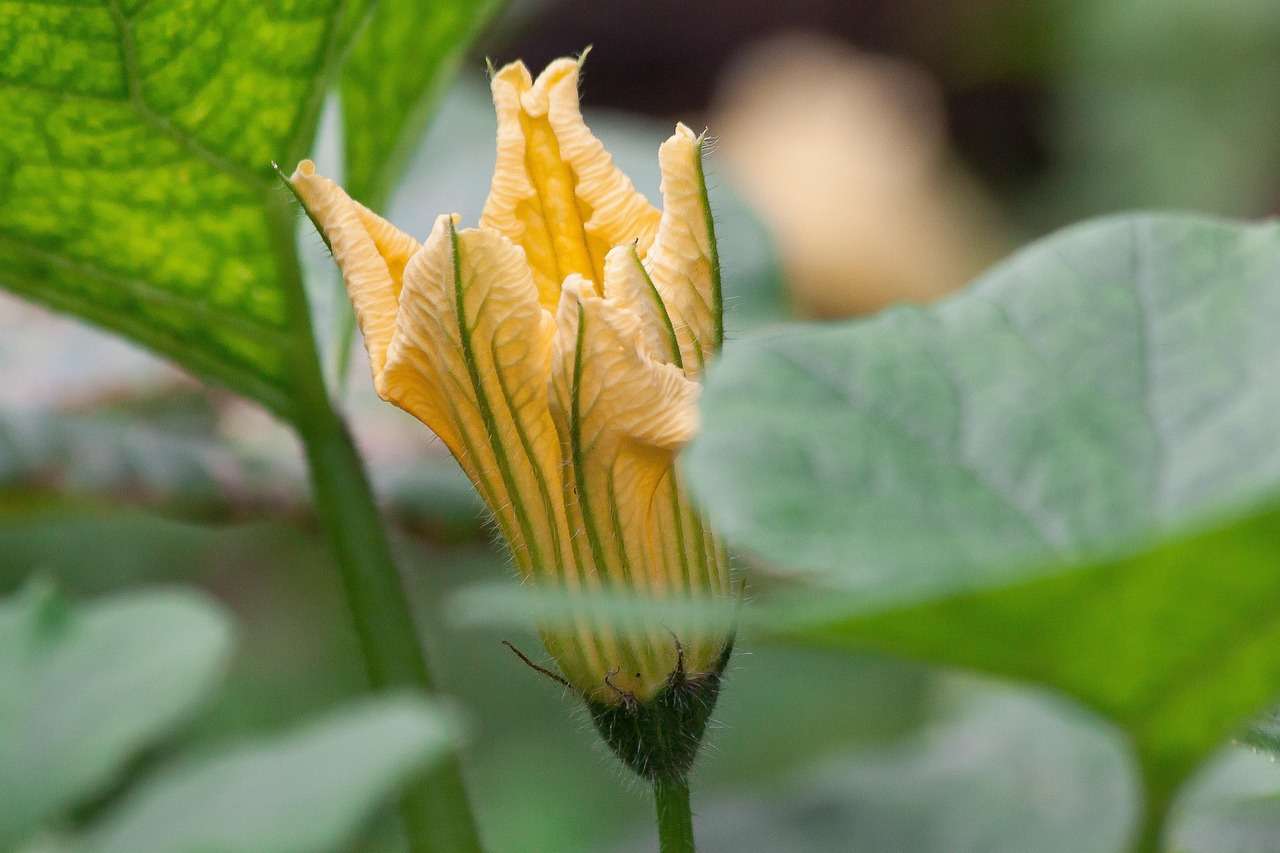
Here are some important points to consider:
- Monsoon Season (June to September): The monsoon rains provide ample water for pumpkin plants, promoting healthy growth and high yields. Farmers often start planting in June to take full advantage of the rainy season.
- Post-Monsoon Season (October to December): After the monsoon, the soil remains moist, which is ideal for pumpkin cultivation. The post-monsoon season also experiences fewer pests and diseases, ensuring a higher quality of produce.
Pumpkin Varieties and Their Export Potential
India cultivates a diverse range of pumpkin varieties, each with unique characteristics. Popular types like Arka Suryamukhi, Pusa Vishwas, and Yellow Round Pumpkins cater to different market preferences. Understanding the specific demands of export markets allows farmers to select the most suitable varieties. Beyond whole pumpkins, India is also exploring the export of processed pumpkin products like puree, seeds, and dehydrated flakes, adding value to the supply chain. The growing global demand for organic produce also presents a significant opportunity, with organic certification opening doors to premium markets.
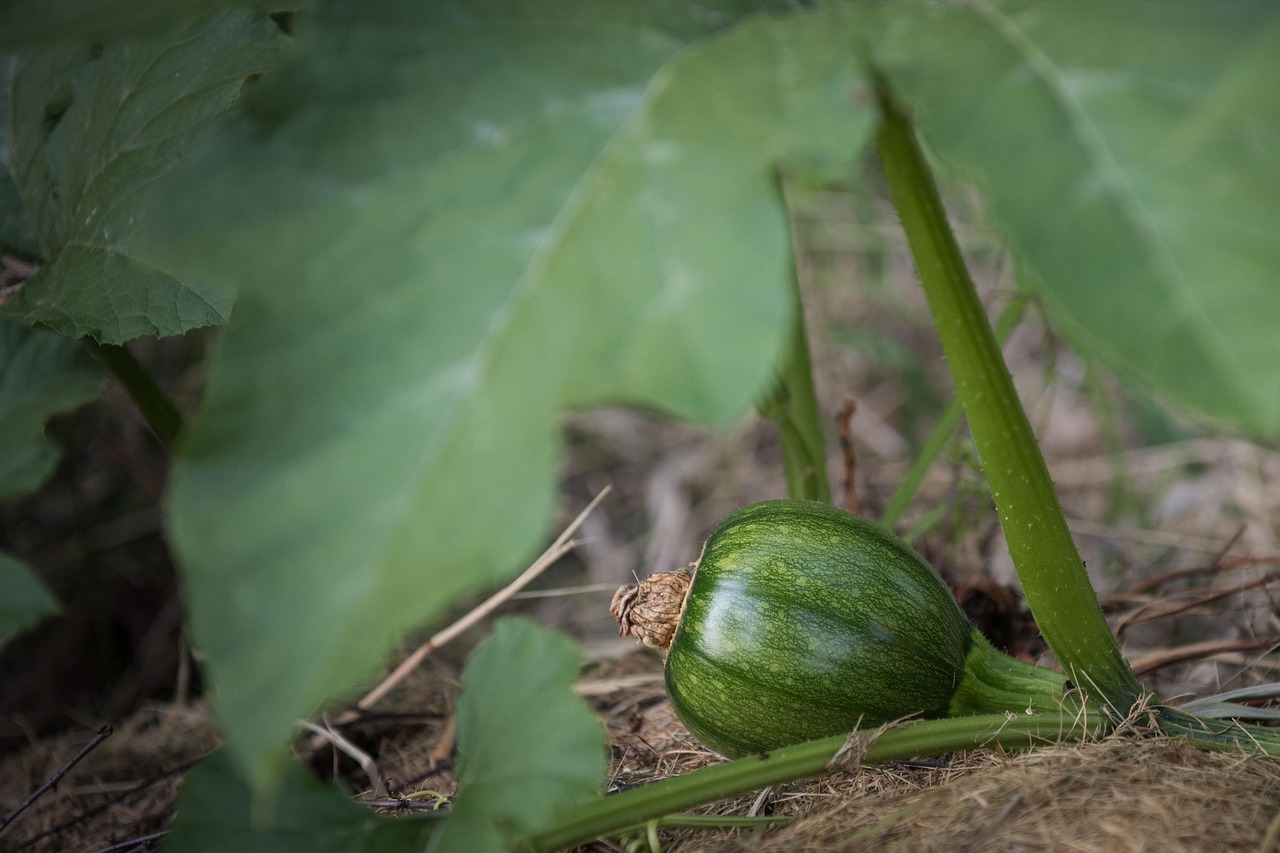
Major Export Markets
India exports pumpkins to several countries, with the United States, the United Kingdom, Canada, and the Middle East being some of the major markets. The demand for Indian pumpkins in these regions is driven by factors such as their unique taste, nutritional value, and competitive pricing.
Government Support and Initiatives
The Indian government has been proactive in supporting agricultural exports through various schemes and initiatives. The Agricultural and Processed Food Products Export Development Authority (APEDA) plays a crucial role in promoting and facilitating the export of pumpkins. These initiatives provide financial assistance, training, and infrastructure development to farmers and exporters.
Technological Advancements
Technological advancements in agriculture have significantly boosted pumpkin production in India. The adoption of modern farming techniques, such as drip irrigation, greenhouse farming, and precision agriculture, has improved yield and quality. Additionally, the use of better storage and packaging solutions has extended the shelf life of pumpkins, making them more suitable for export.
Environmental Impact and Sustainability
Sustainable farming practices are gaining importance in the pumpkin export industry. Farmers are increasingly adopting eco-friendly methods to minimize the environmental impact of pumpkin cultivation. This includes the use of organic fertilizers, crop rotation, and integrated pest management. By focusing on sustainability, Indian pumpkin exporters can cater to the growing demand for environmentally conscious products.
Market Trends and Consumer Preferences
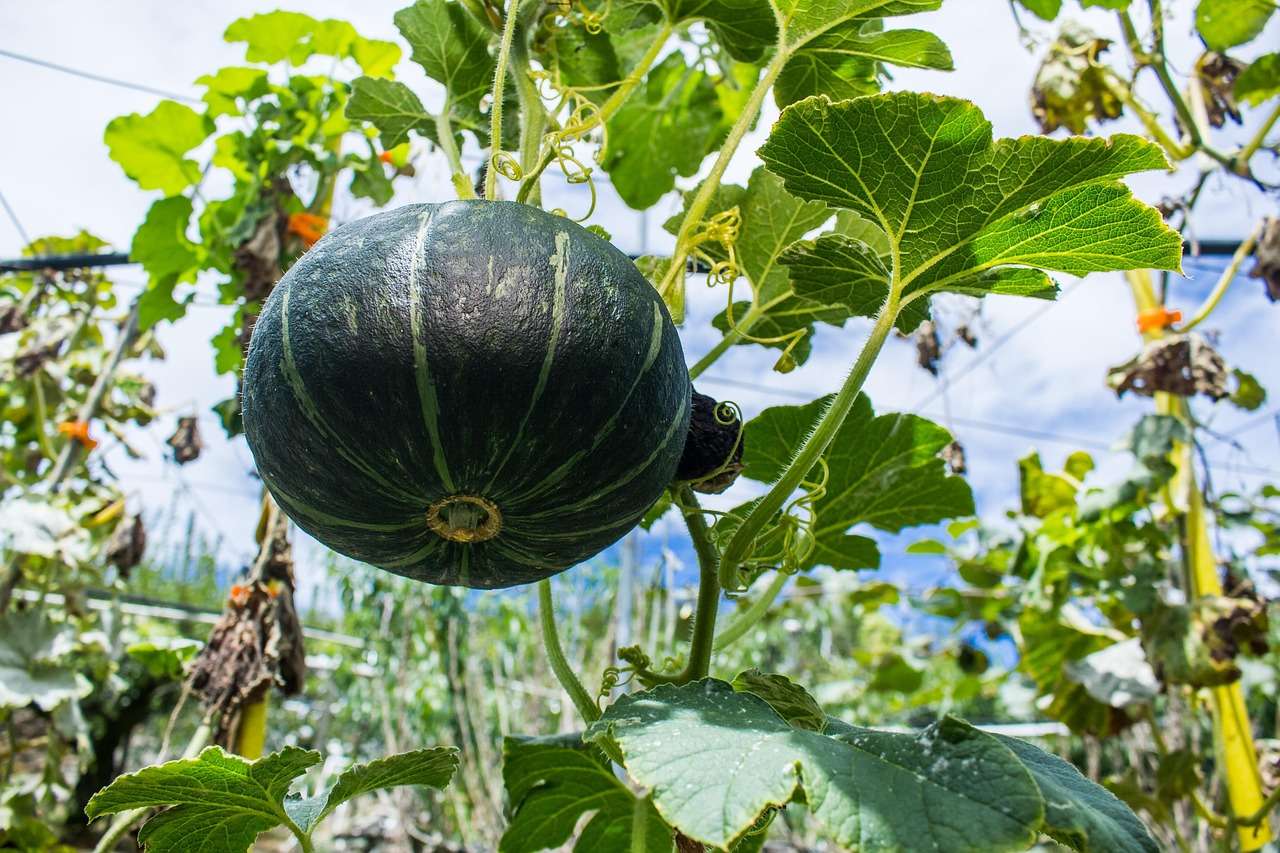
Understanding market trends and consumer preferences is essential for the success of pumpkin export. There is a rising demand for value-added pumpkin products such as pumpkin puree, seeds, and snacks. Additionally, consumers are becoming more health-conscious and are looking for nutrient-rich and low-calorie options, which pumpkins offer. By staying attuned to these trends, Indian exporters can better cater to the global market.
Challenges and Opportunities
While India’s pumpkin export sector is thriving, it faces challenges such as competition from other exporting countries, climate change impacts, and price volatility. However, the increasing demand for plant-based and health foods presents significant opportunities for growth. Meeting international food safety standards through certifications like GlobalG.A.P and ISO 22000 is paramount.
Bokakhat Farmers Triumph with Lucrative Pumpkin Export
In recent news, farmers in Bokakhat, Assam, have achieved a significant milestone through relentless hard work and determination. The Brihangam Farmer Producer Group (FPC) of Bokakhat has successfully exported pumpkins worth Rs 6 crore to various states. This achievement underscores the dedication and hard work of Indian farmers in the pumpkin export industry.
– India Today NE
The export of pumpkins from India is a testament to the country’s agricultural prowess. With strategic cultivation timing, a focus on quality, and the exploration of new market opportunities, India is well-positioned to continue its success in the global pumpkin market. As the world continues to embrace this versatile vegetable, the future looks bright for Indian pumpkin farmers and exporters.

